Robot-Assisted Surgeries
Automated systems reduce the risk of medical error during surgery to zero. Innovative technologies are used in surgical treatment in the urology department. Robot-assisted surgeries of high complexity are performed in Moscow at the K+31 Multidisciplinary Medical Center. If you need surgery, schedule a consultation with a urologist at our clinic by phone or online.
Robot-assisted surgery has taken surgery to a whole new level, combining the skills and experience of a physician with the precision of modern digital technology.

specialists

equipment

treatment
Robot-assisted surgery in urology
Using the modern da Vinci system, our clinic performs nephrectomies, tumor resections, prostate removals, intestinal plastic surgery of the ureteropelvic junction, and nephroureterectomy (removal of the affected kidney and ureter).
Surgeries at the robotic surgery center are most often performed for tumors. Less frequently, the participation of a mechanical assistant is required for mechanical injuries and cysts of the urogenital organs.
Important: Over 70% of robotic surgeries are performed as part of the treatment of acquired pathologies of the genitourinary system.

Urological pathologies assisted by the robot:
- neoplasms of the kidneys and adrenal glands;
- malignant prostate tumors;
- hydronephrotic transformation (hydronephrotic kidney);
- various forms of bladder cancer.
The stages of the surgeries assisted by the robot are identical to the algorithm of a standard laparoscopic procedure. Up to four manipulators with instruments and cameras are simultaneously inserted into the patient's body through trocar tubes.
The physician sits at the control console, while an assistant is located directly in the sterile area, switching the system and changing instruments in the manipulator clamps.

Postoperatively, the patient remains in the intensive care unit for 1 day, where clinic staff monitor vital signs (including urine output, blood pressure, and respiration).
Within 1-2 hours after recovery from anesthesia, the patient can sit up and move around independently. Pain in the area of the small incisions is minimal, so additional anesthesia is rarely needed.
If there are no complications, the patient is transferred to the urology department. The drain is removed on the first or second day, and the urethral catheter is removed on days 5-7.

The hospital stay after laparoscopy does not exceed 2-3 days. Small incisions heal quickly, reducing the risk of infection and inflammation. During the 1-2 week recovery period, it is recommended to avoid physical activity and follow the prescribed diet.
Robotic techniques allow for both therapeutic and minimally invasive diagnostic procedures (e.g., biopsy of tumors).
The medical center is equipped with expert-grade diagnostic and surgical equipment. The equipment is configured and calibrated before each procedure, eliminating the possibility of error.
The K+31 Medical Center offers affordable and fixed prices for diagnostics and surgical treatment of urological diseases. Our clinic's physicians regularly undergo professional development courses and strictly adhere to international standards in surgical urology.
Our specialists always adhere to current protocols and medical ethics. We guarantee complete confidentiality to our patients. Information about their problem and the treatment they received will not be disclosed to outsiders.

Appointment to the doctor
Advantages of the da Vinci system
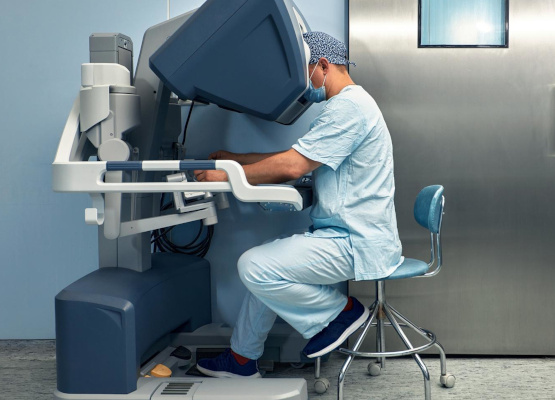
- Robot-assisted surgeries provide excellent visualization of the surgical field. The magnified and extremely clear image allows even minimal changes in the structure of organs and tissues to be seen.
- The software compensates for sudden movements and finger tremors. Inaccurate commands are immediately blocked by the software, thus eliminating the "human factor" that can lead to complications.
- The robotic system's camera transmits a 3D color image to the monitor. A clear view from various angles eliminates the risk of accidental damage to nerve plexuses and blood vessels. The diameter of the microinstruments does not exceed 5-7 mm.
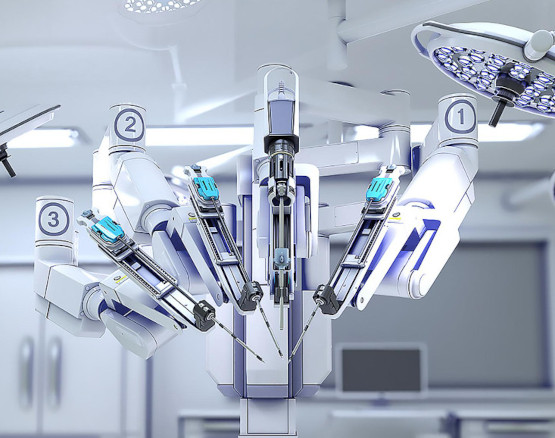
- During surgery, several dozen different microinstruments can be used. The manipulators are significantly more flexible than human hands; EndoWrist technology provides them with 7 degrees of freedom. The mechanical arms can bend at a right angle and rotate around their longitudinal axis.
- Laparoscopic robotic procedures take less time than conventional ones. Radical removal of a tumor within healthy tissue takes no more than two hours.
- Minimally invasive surgeries minimize blood loss, eliminating the need for blood transfusions. Patient recovery after robotic procedures is, in the vast majority of cases, significantly faster than after "traditional" surgeries.
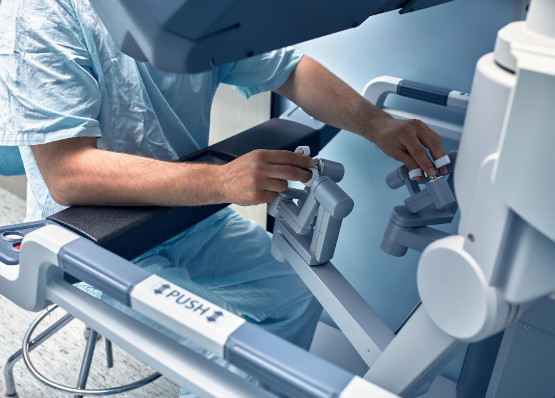
- Robotic surgery with the da Vinci system guarantees excellent aesthetic results. Minimal incisions result in virtually invisible scars, which is especially important for women.
- For men, minimally invasive procedures help avoid problems such as urinary incontinence and erectile dysfunction after prostatectomy.
Make an appointment at a convenient time on the nearest date
Reviews

This award is given to clinics with the highest ratings according to user ratings, a large number of requests from this site, and in the absence of critical violations.

This award is given to clinics with the highest ratings according to user ratings. It means that the place is known, loved, and definitely worth visiting.

The ProDoctors portal collected 500 thousand reviews, compiled a rating of doctors based on them and awarded the best. We are proud that our doctors are among those awarded.

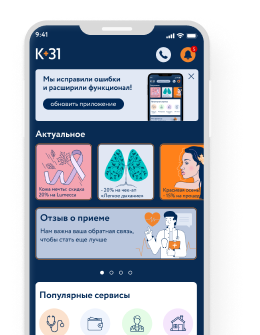




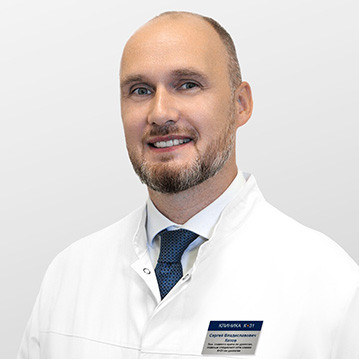
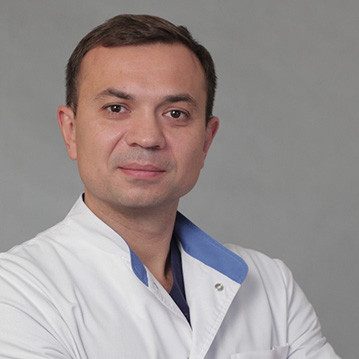


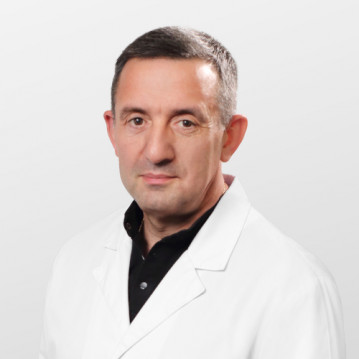
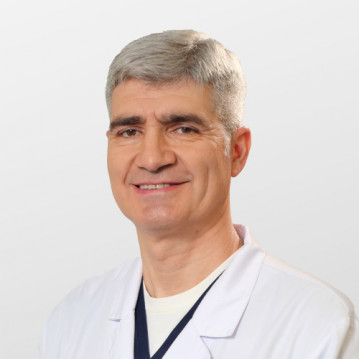
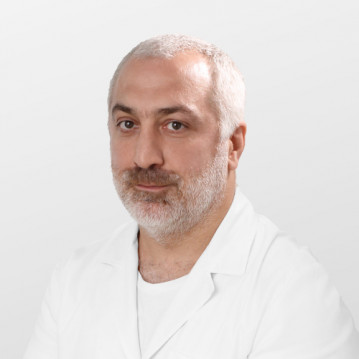
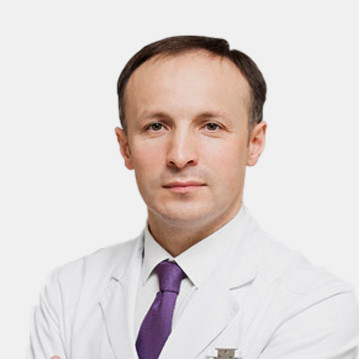

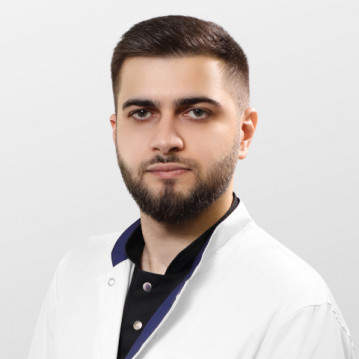
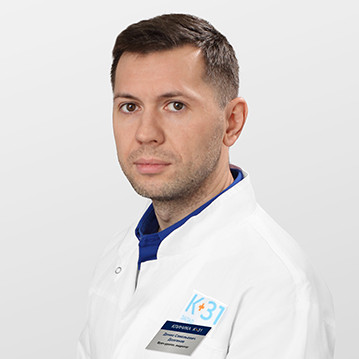

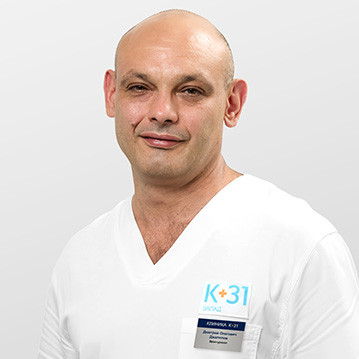
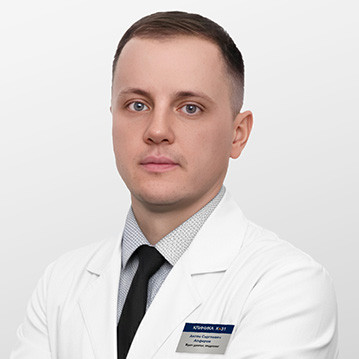
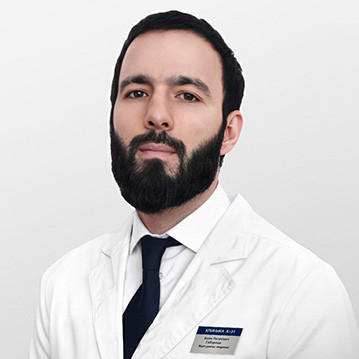
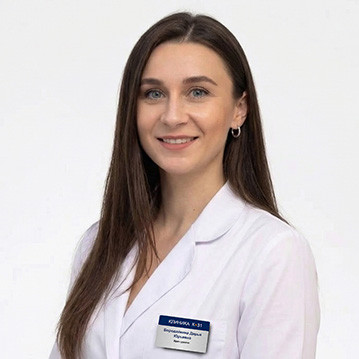
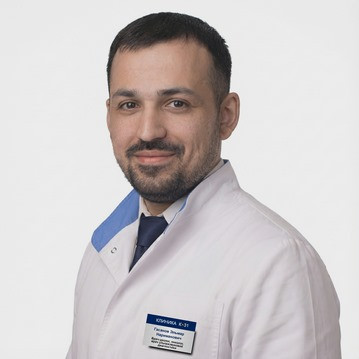
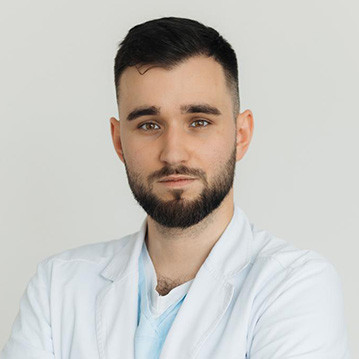





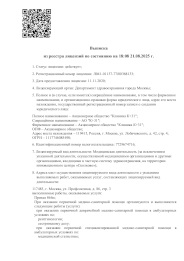
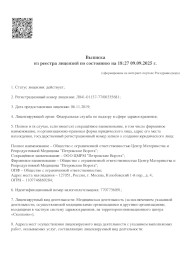
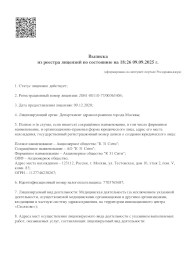
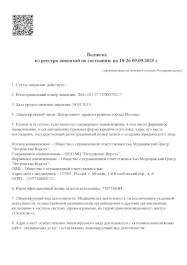
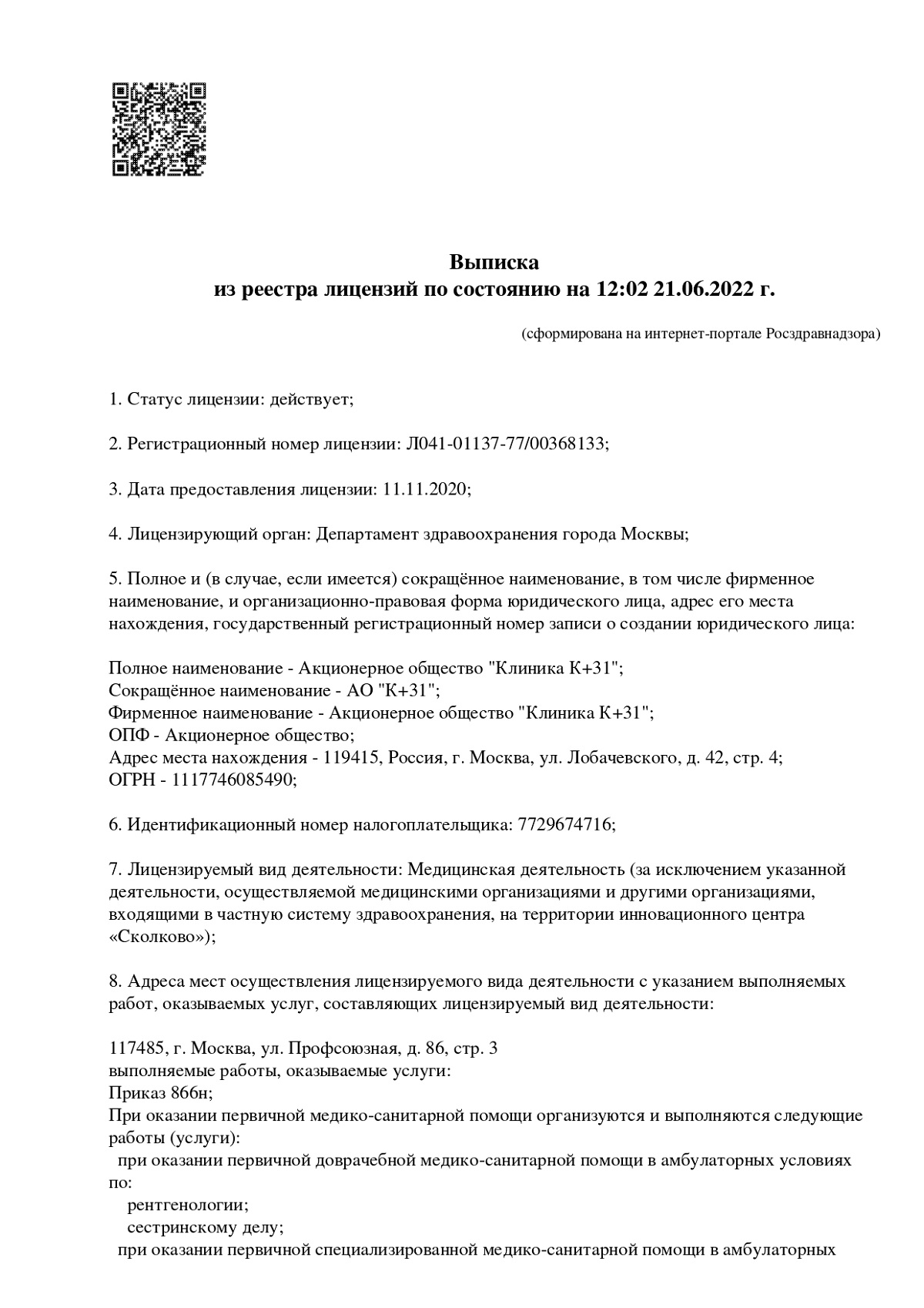
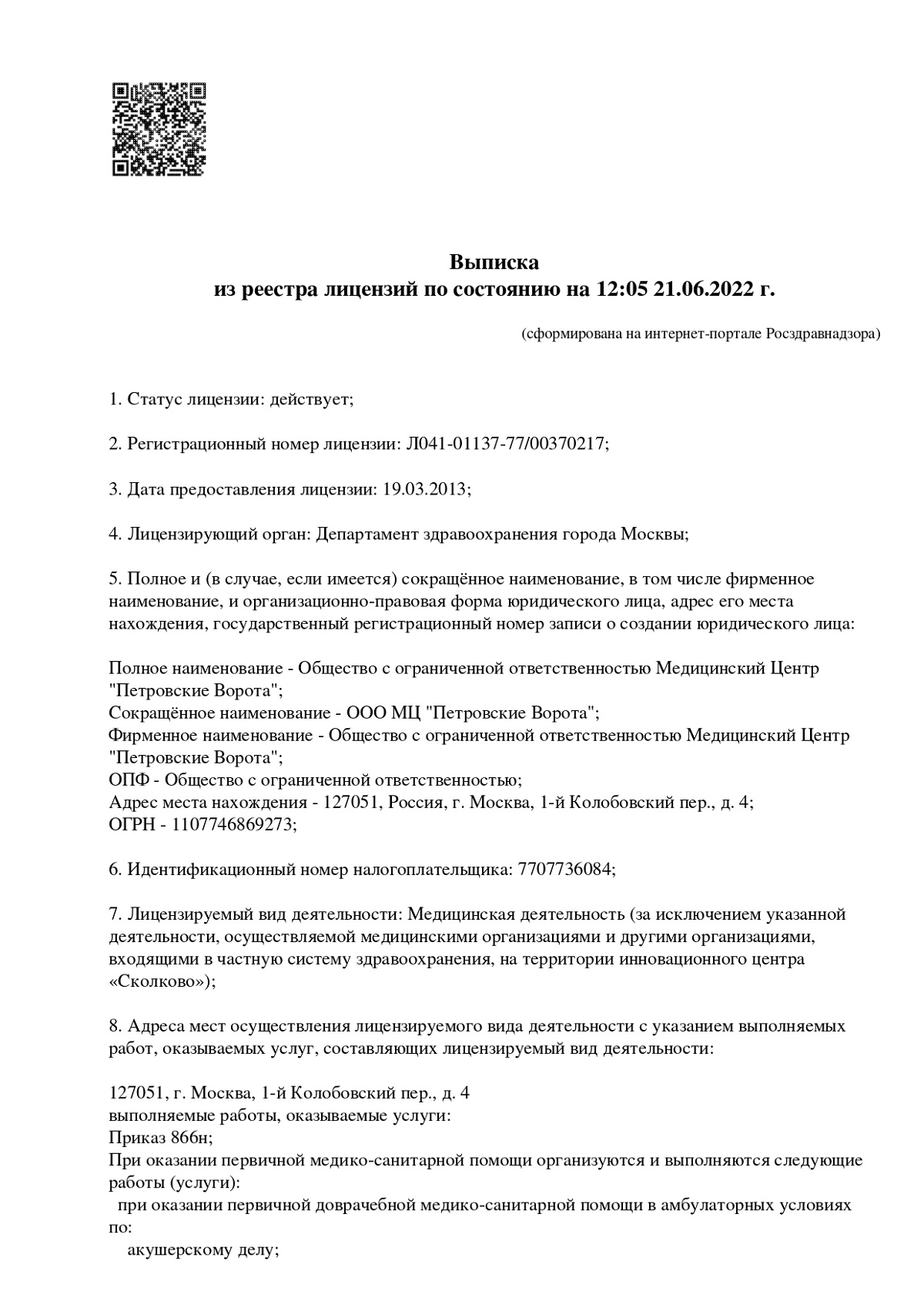
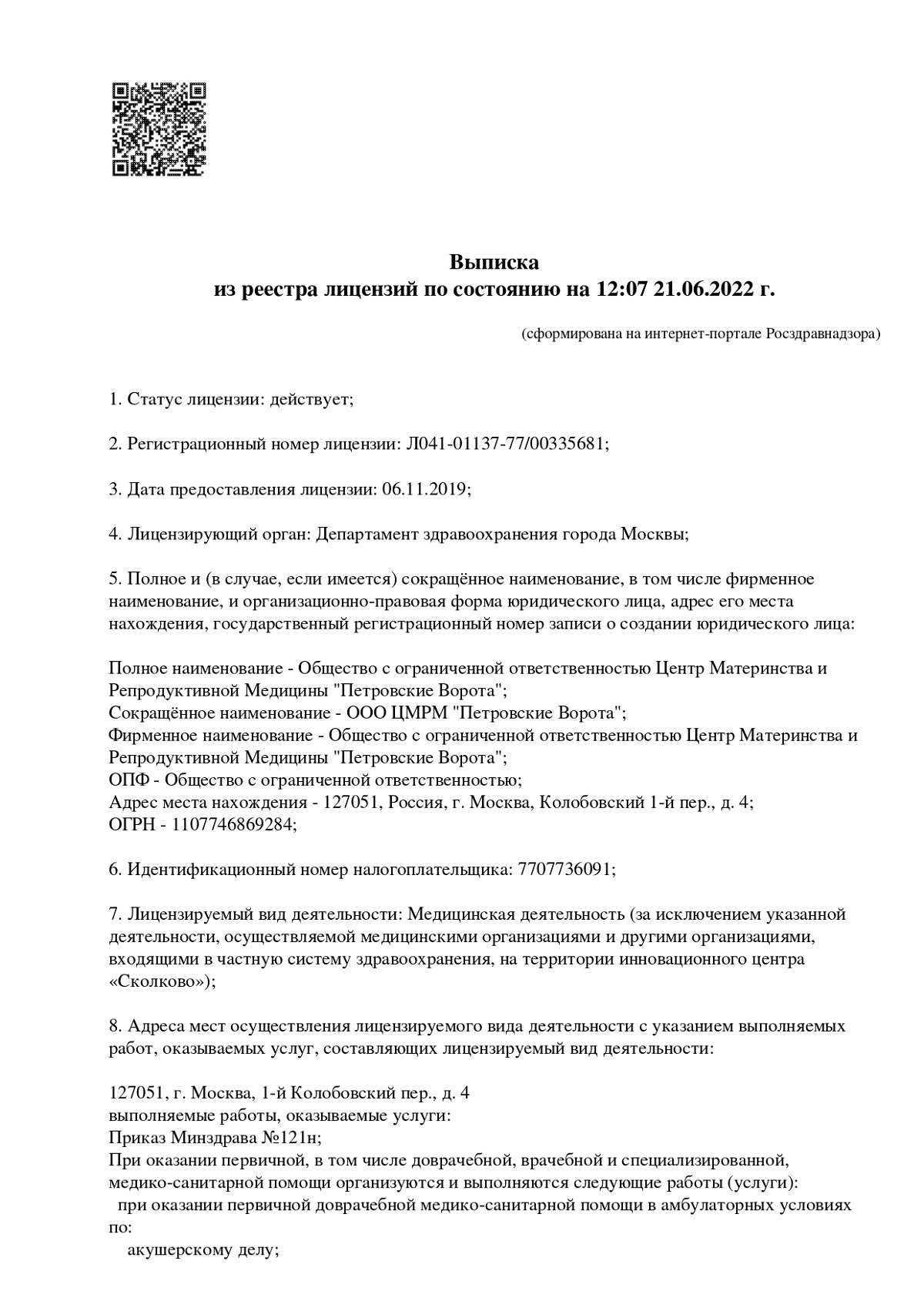
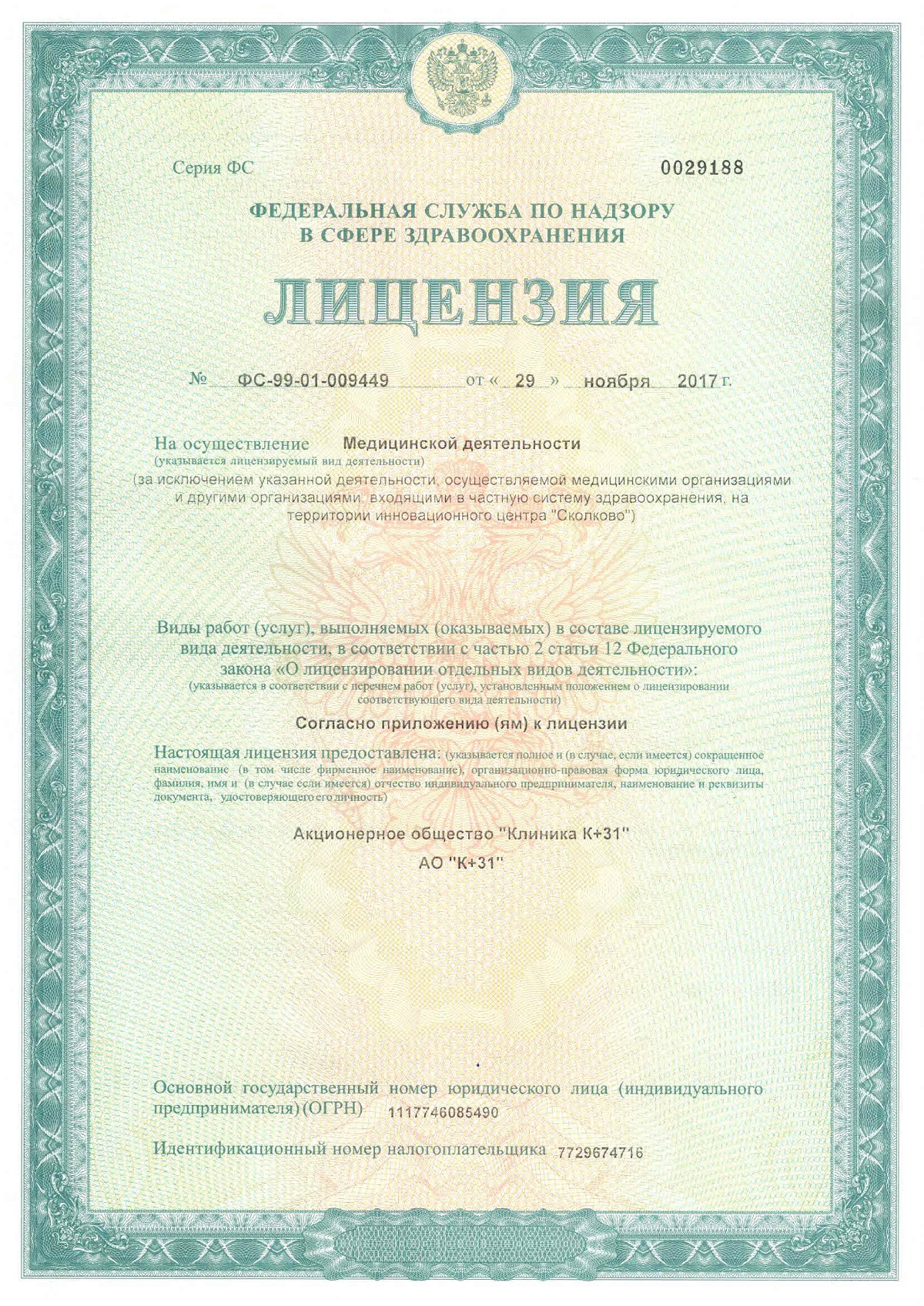
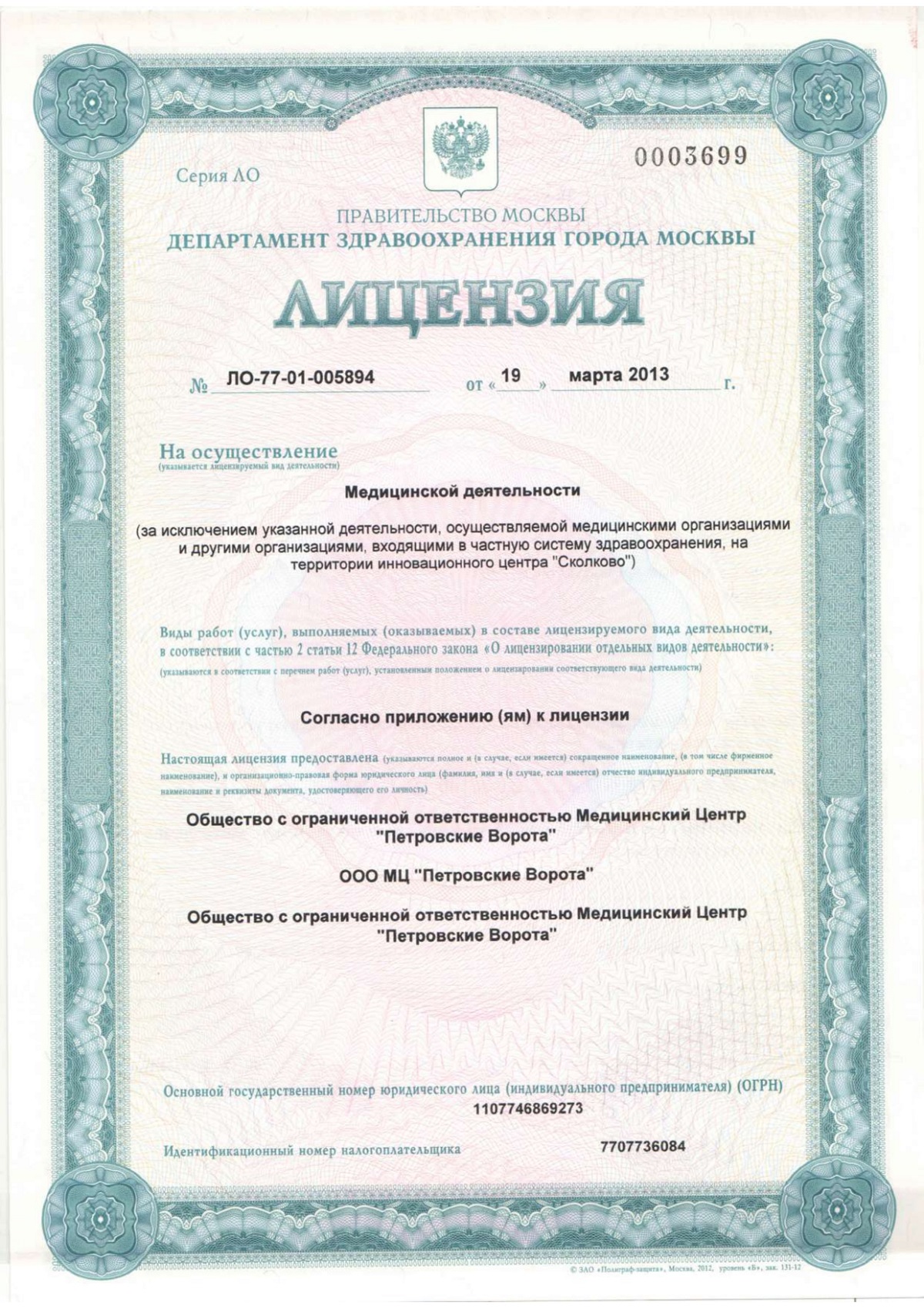
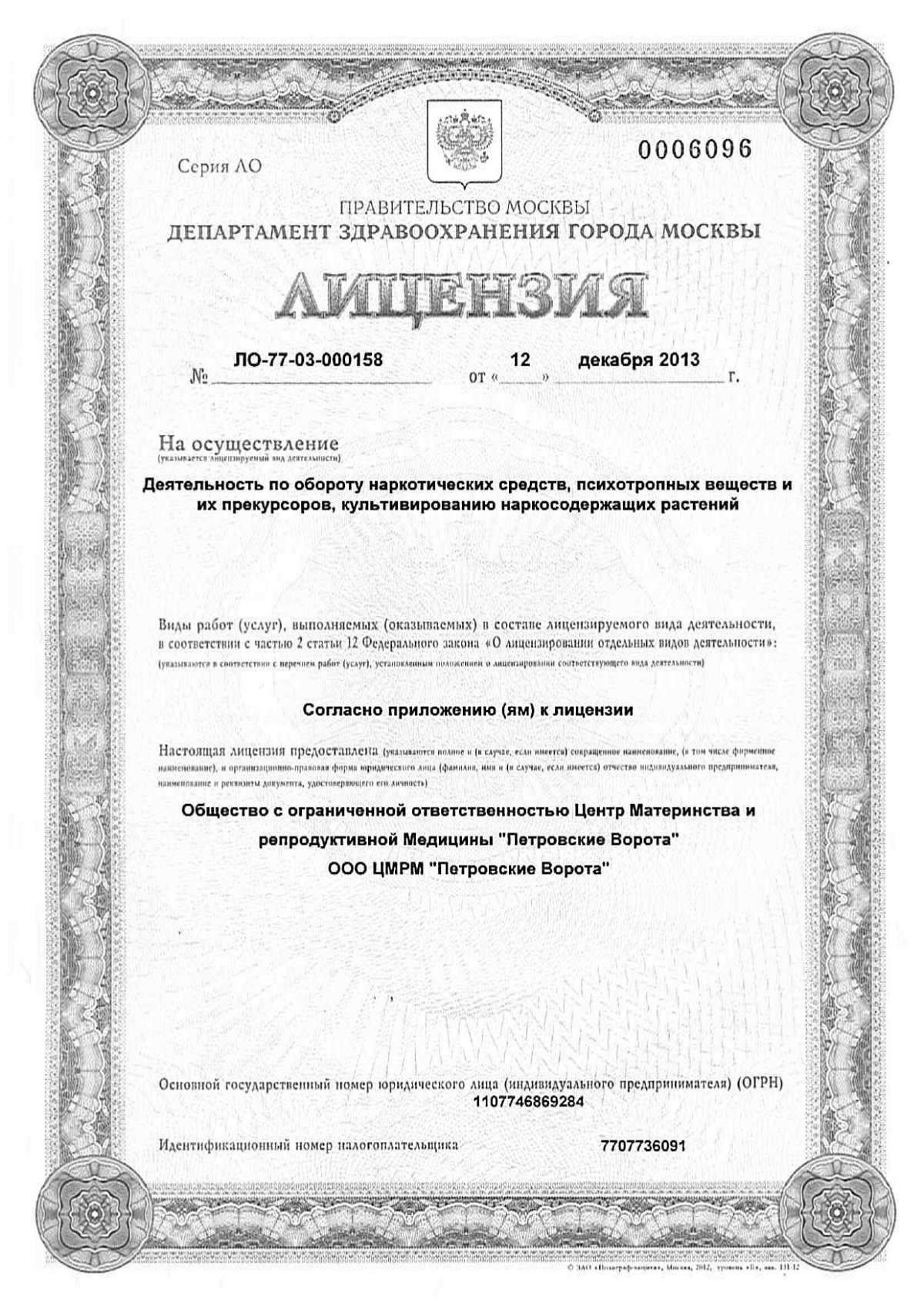
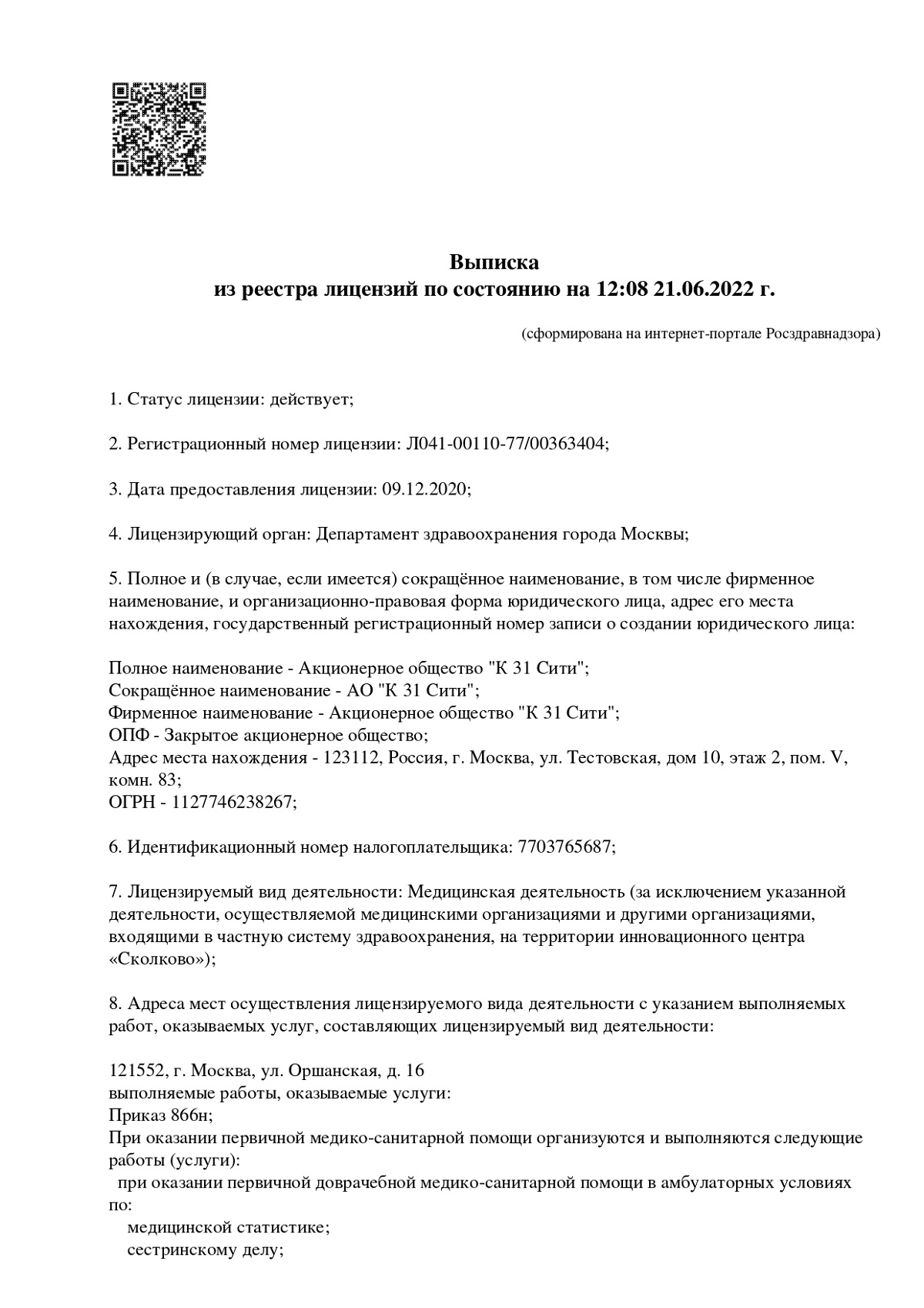
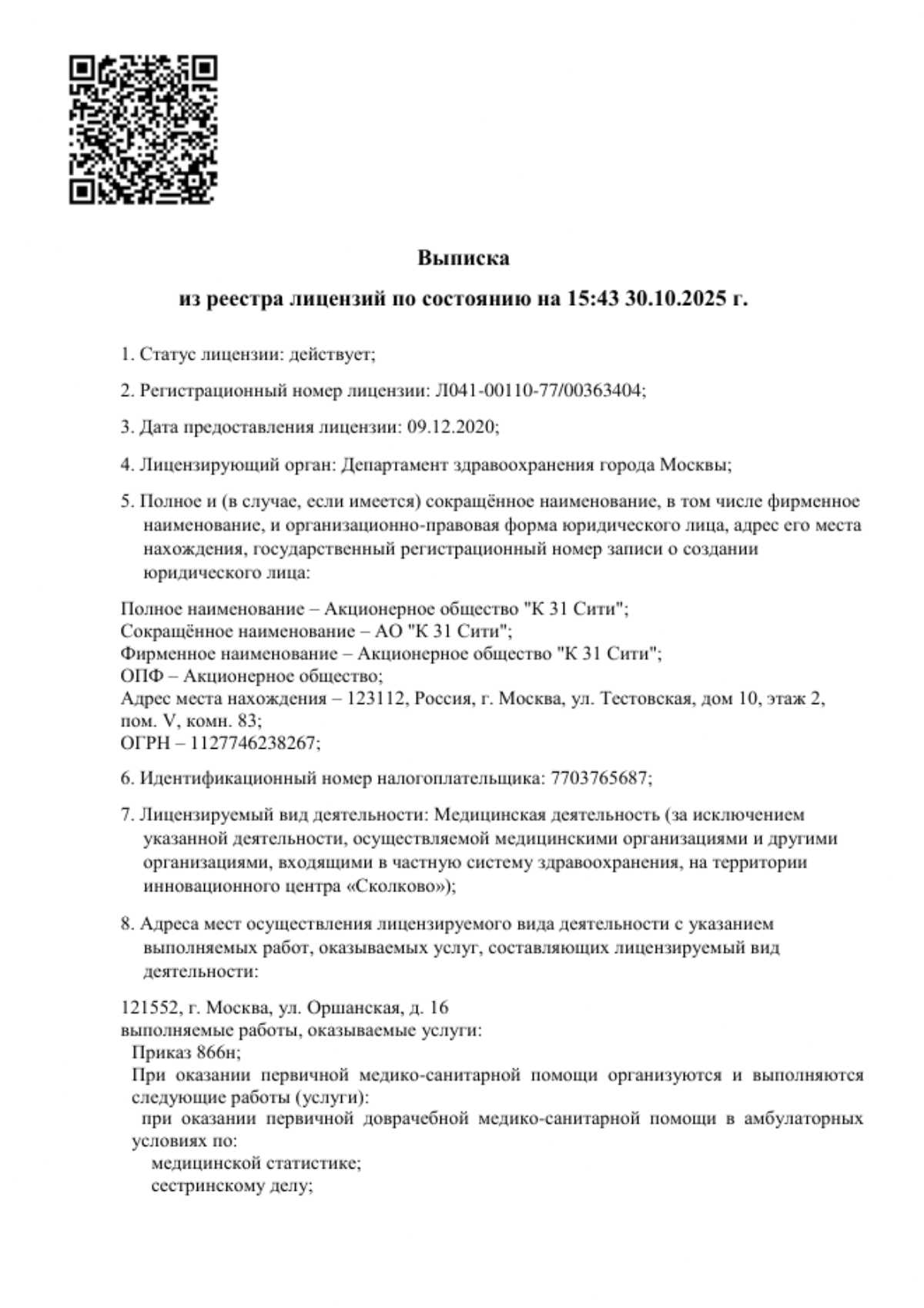
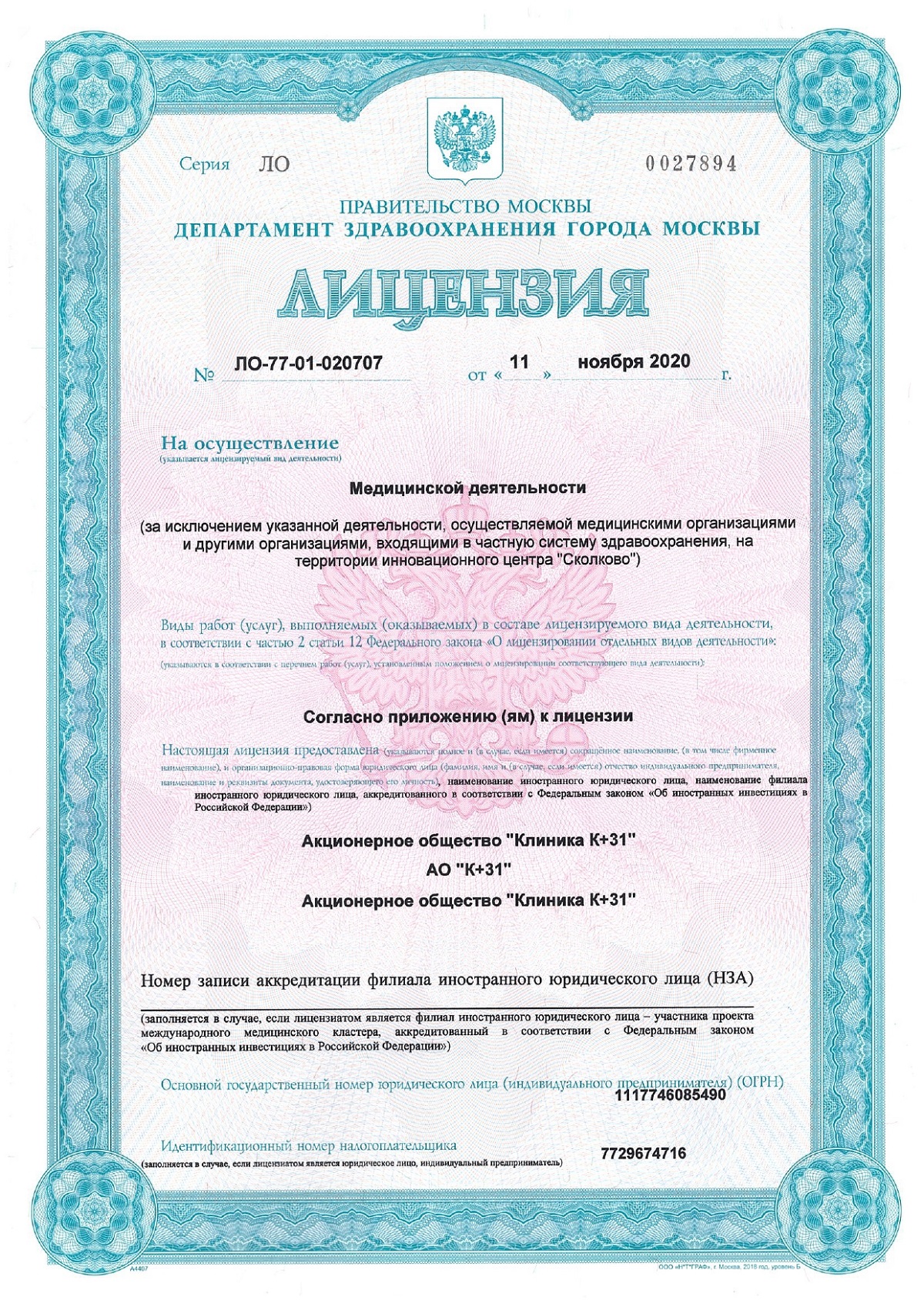
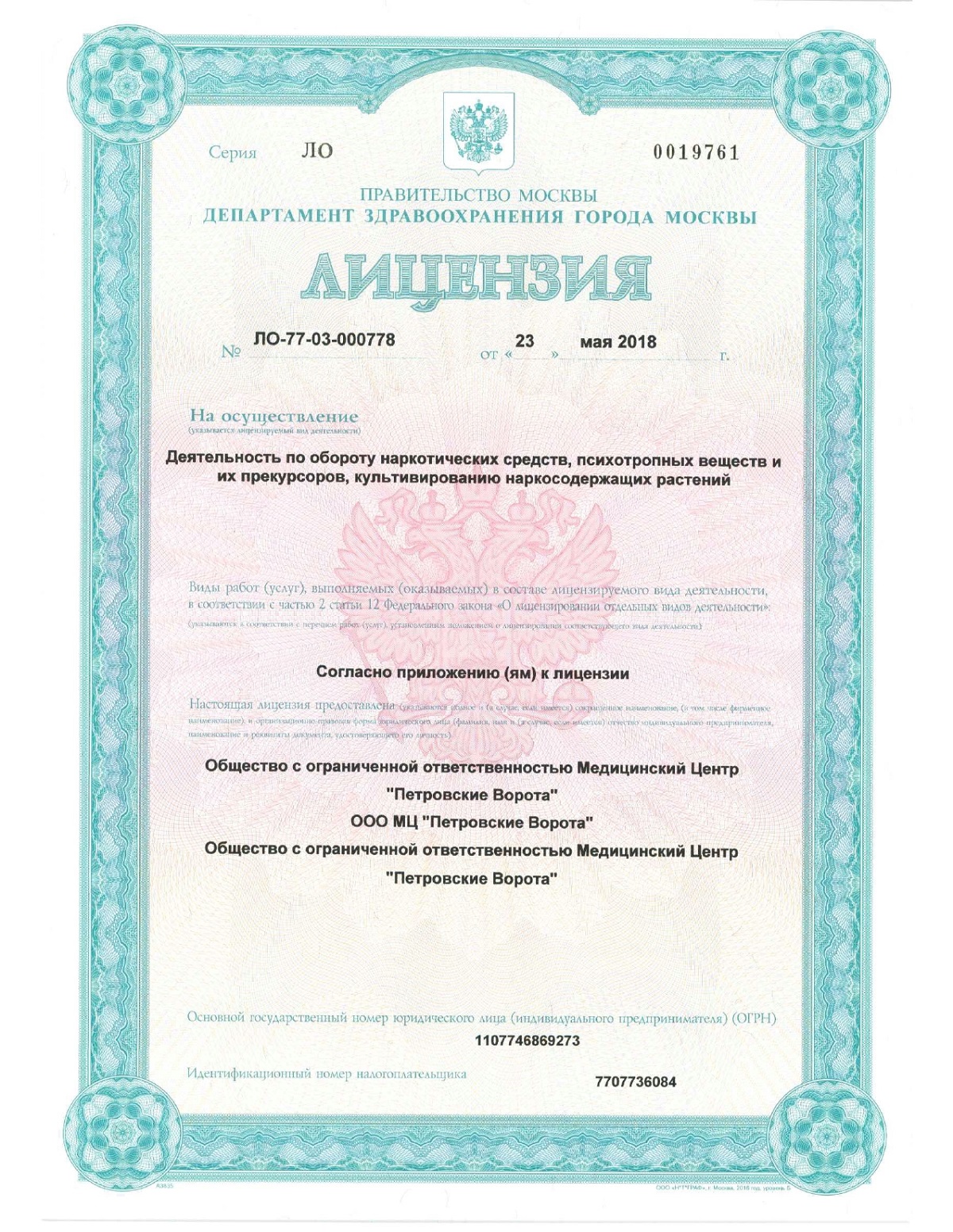
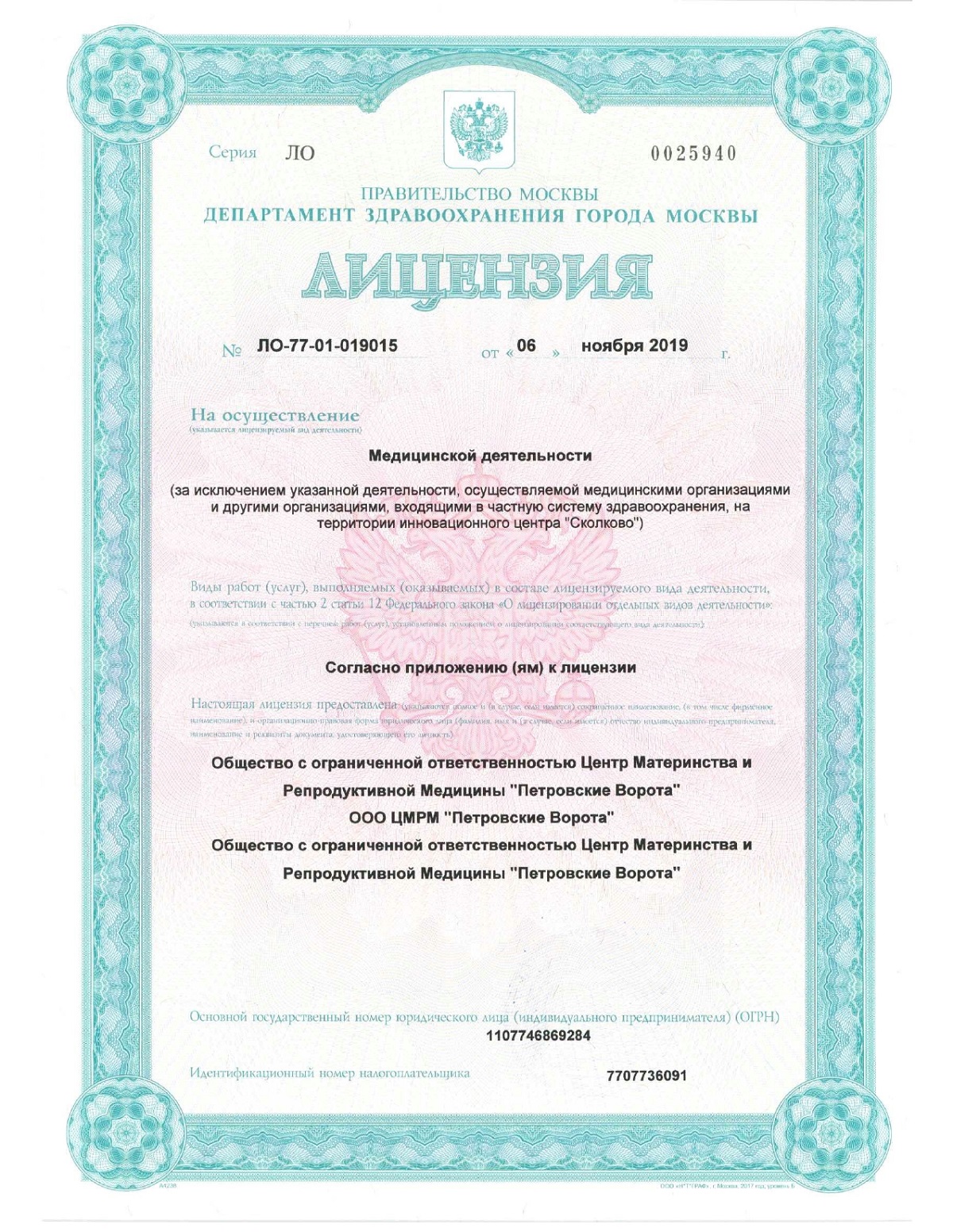
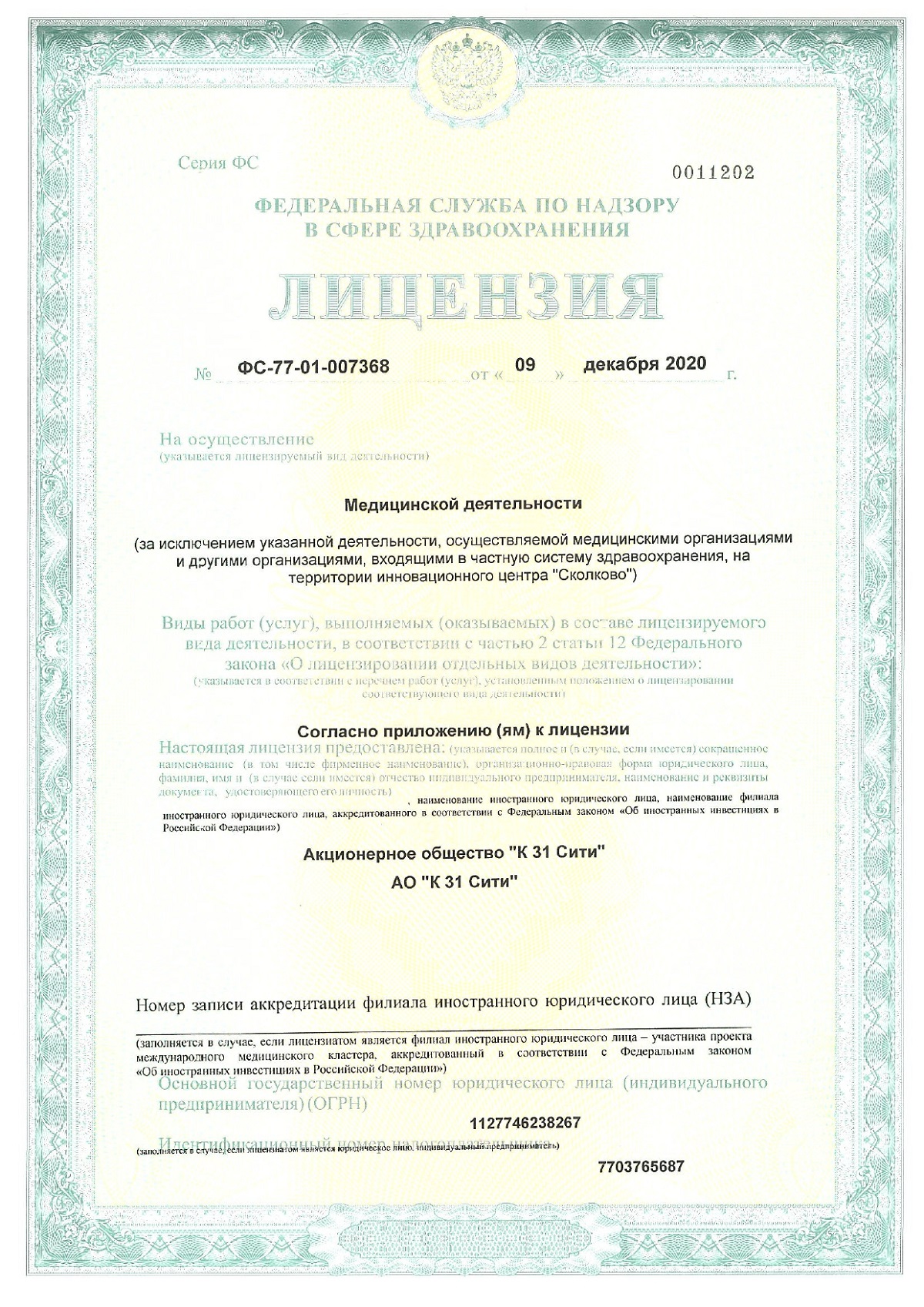



What is robotic surgery?
Robotic surgeries are minimally invasive procedures performed laparoscopically, through several small incisions (no more than 1.5 cm). The da Vinci surgical system is fully controlled by an experienced surgeon.
The da Vinci system consists of an operator console, a patient console, and a vision unit. The most complex manipulations are performed without direct contact with the patient.
The specialist does not stand at the operating table, but is located in an adjacent room in front of a monitor. They control the robot's movements using special handles.
The working surfaces of the manipulators are insulated with sterile disposable covers. Three "artificial arms" are equipped with instruments, and one has a camera and light source.
Please note: Russian medical centers perform over 3,000 surgeries annually using the state-of-the-art da Vinci instrument.
The entire surgical team monitors the procedures in real time, as the image is transmitted to a monitor mounted on a separate stand.